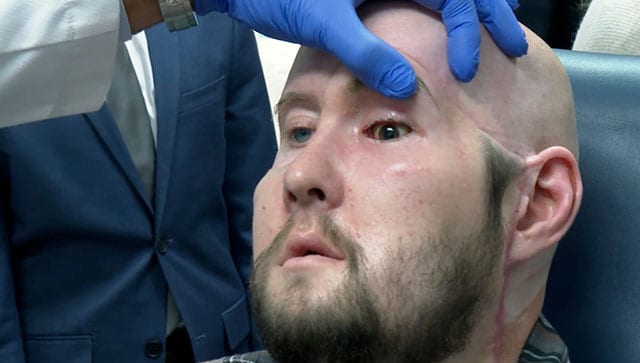Rise in Digital Screen Usage Leads to Increase in Digital Eye Strain
With the increasing prevalence of phones, tablets, laptops, and TVs, people are constantly exposed to digital screens. This has been exacerbated by the COVID-19 pandemic, resulting in a higher dependency on visual displays, which has negative effects on eye health, leading to a condition known as digital eye strain or computer vision syndrome. The use of digital screens can cause symptoms such as blurred vision, dry eyes, headaches, neck and shoulder pain, and eye strain, with dry eye syndrome being a common outcome characterized by persistent dryness due to a lower-quality protective tear film.
Digital Screen Use and Risk of Dry Eyes
Research has shown a strong correlation between digital screen use and the development of dry eyes, particularly among individuals who use screens for extended periods, such as office workers who spend more than four hours a day in front of a screen, and those who use screens for more than eight hours daily.
Blinking Frequency
Insufficient blinking while using digital screens is a significant factor contributing to dry eyes. The decrease in the blink rate can lead to ocular discomfort and increased dryness, resulting in irritation and dryness.
Incomplete Blinking
Incomplete blinking, which occurs when the eyelids do not fully meet, can expose the eye’s surface, potentially leading to dry eye syndrome. This issue is more prevalent when reading from a computer screen.
Decreased Tear Film Quality
Prolonged use of digital screens can lead to a decrease in the quality and water content of the tear film, ultimately resulting in more severe dry eye syndrome.
Preventive Measures and Treatment
Dry eyes are common, especially as people age, and can be influenced by hormonal changes, environmental factors, and exposure to cigarette smoke and dry climates. Symptoms such as burning, blurry vision, dryness, and irritation can affect individuals, and if left untreated, dry eyes can have a negative impact on mental health, productivity, mood, sleep, and overall quality of life.
If you are experiencing any symptoms of dry eye, it is important to consult a doctor. A comprehensive eye exam may be recommended to assess tear quality and quantity, medical history, and underlying conditions. Proper treatment is essential for maintaining healthy eyes and preventing further vision issues.
Treatments for mild dry eye episodes may include the use of artificial tears, conserving tears, and increasing tear production. Additionally, eye drops and omega-3 fatty acids can be beneficial in managing the condition. Lifestyle changes, such as reducing screen time, have also been shown to help alleviate symptoms. Adhering to a treatment plan is crucial for promoting ocular health.
It is important to make a conscious effort to blink regularly, follow the 20-20-20 rule (taking a 20-second break every 20 minutes and looking at something 20 feet away), and reduce glare by repositioning screens or using a glare filter. Adhering to these recommendations can aid in the promotion of ocular health.
In conclusion, the rise in digital screen usage has led to an increase in digital eye strain, with a strong association between digital screen use and the development of dry eyes. By implementing preventive measures and seeking proper treatment, individuals can work towards maintaining healthy eyes and preventing further vision issues.


